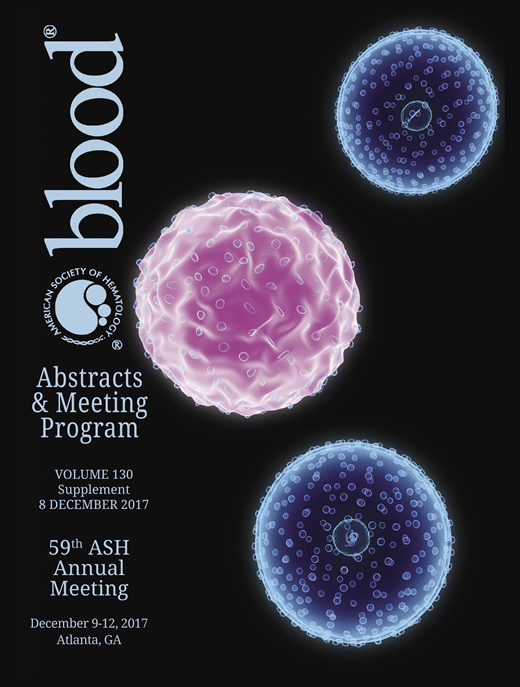Abstract
Background.
The minimal residual disease (MRD) status is the single posttreatment predictor of long-term outcomes after treatment in patients with multiple myeloma (MM), regardless of the treatment protocol or the presence of other pre-existing prognostic indicators. Traditionally, the method of evaluating MRD is multicolor flow cytometry (MFC), which has high sensitivity and specificity. Another way of detecting MRD is by the use of positron emission tomography and computed tomography (PET-CT) through the detection of possible patchy bone marrow infiltration or extramedullary involvement with an MRD-negative (MRD-) bone marrow. Aim.To determine the frequency of MRD- status by MFC and PET-CT and evaluate influence of MRD on the progression-free survival (PFS) in multiple myeloma patients. Methods.We analyzed 55 patients with MM (median age 56 years, male/female - 1.4:1). The induction therapy with Bortezomib-based regimens (VD, CVD, VMP, PAD) was used in 37/55 (67.3%) patients, Immunomodulator-based regimens (Thal+D, RD, VRD, PomD) - in 15/55 (27.3%), chemotherapy - in 3/55 (5.4%). Autologous stem cell transplantation (ASCT) was performed 32 (58.2%) patients. For definition of primary tumor cell's phenotype and assessment of MRD we used 5-color flow cytometry with CD38, CD138, CD45, CD19, CD20, CD27, CD56 and CD117 antibodies. MRD status by MCF and/or PET-CT was evaluated after 4-6 cycles of induction therapy or after ASCT, if it (ASCT) was performed. The MFC MRD- response was evaluated as identification less than 0.01% of clonal plasma cells in bone marrow. The PET-CT MRD- response was established if specific accumulation of 18F-fluorodeoxyglucose was absent. Results.The MFC MRD- was reached in 29.1% (16/55): "Bortezomib group" - 35.1% (13/37), "Immunomodulator group" - 13.3% (2/15) (Chi-square=2.472; p>.05). After ASCT MRD- status was achieved in 36.4% (4/11) patients. Maintenance therapy with bortezomib or lenalidomide did not affect the achievement of the MFC MRD- in patients with MRD-positive (MFC MRD+) response. Median PFS in MFC MRD+ group was 21 months, in the MFC MRD- - 66 months (p=.0042). Patients with a low amount residual plasmatic cells after therapy had longer PFS: ˂0.01% - 66 months, 0.01%-0.1% - 48 months at, 0.1%-1% - 22 months, ˃1% - 10.5 months (p=.0002).The PET-CT MRD- was reached in 36.4% (8/22) patients. Median PFS in PET-CT MRD+ group was 20 months, in the PET-CT MRD- - 23 months (p >.05).Integrated assessment of MRD by PET-CT and MFC was performed in 22 patients. Interesting, that median PFS in the MFC MRD- PET-CT MRD- group (n=5) was not achieved, in the other groups (MFC MRD+ PET-CT MRD-, MFC MRD- PET-CT MRD+, MFC MRD+ PET-CT MRD+) was 23 months (n=15) (p=.03). Conclusion .
The presence of MRD after induction therapy is unfavorable prognostic factor in patients with multiple myeloma. Currently, multiparameter flow cytometry is the most sensitive approach to detect MRD in bone marrow. The role of PET-CT in the assessment of MRD is not completely understood. However, the combined use of both methods for evaluation of MRD and their prognostic potential is a promising scientific direction.
Shuvaev: Fusion Pharma LLC: Consultancy.
Author notes
Asterisk with author names denotes non-ASH members.

